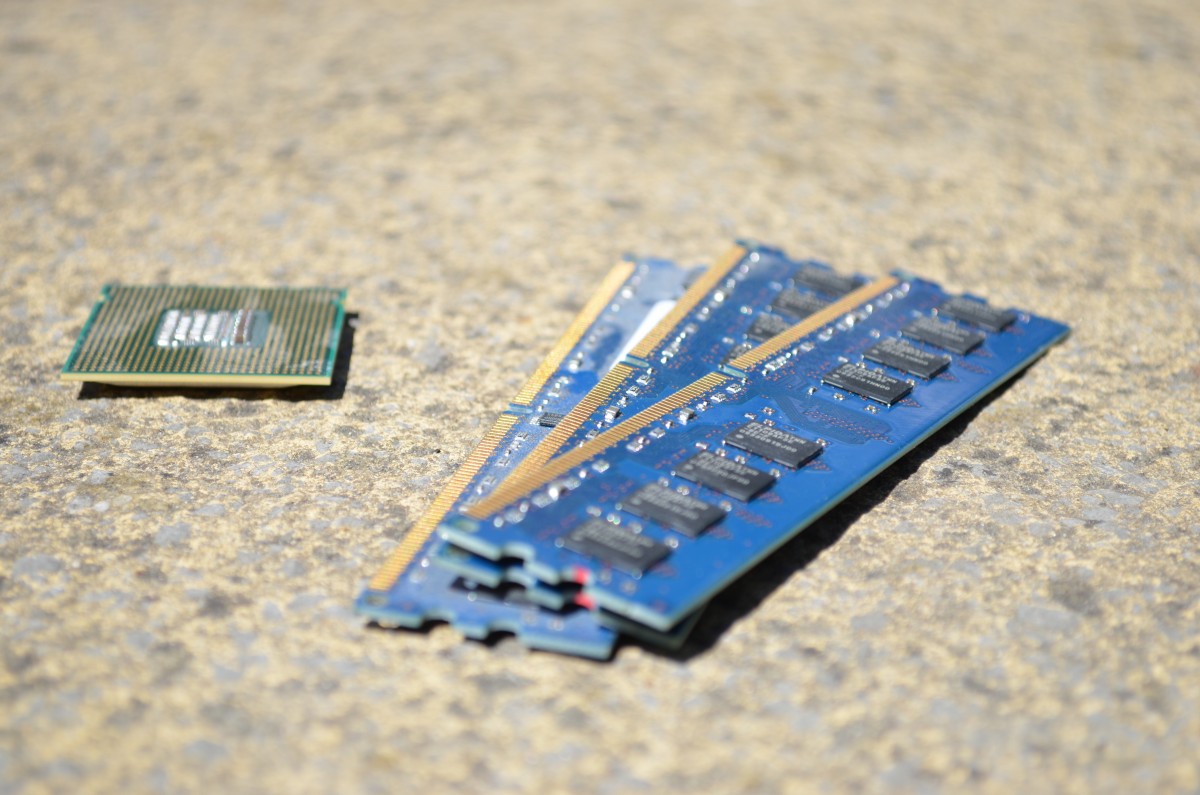This post will show you how to setup multipath connections from your Veeam VM to your QNAP backup storage.
The Veeam backup network will utilise a multi-path configuration to mitigate against switch/NIC failure. As in the diagram below traffic from the ESXi host is connected to the QNAP via two paths on VLAN 70 and VLAN 71. The Veeam VM has two NICs, one for each path which are separated into each switch and then connect into each QNAP 10Gb NIC. Windows uses MPIO to handle the multiple ISCSi connections presented from the QNAP.
VMWare ESXi Configuration
For each host we have a new vSwitch configured.
NetApp SAN access for storage snapshots
VLANs 60 and 61 are added as port groups. VLAN 60 corresponds to physical adapter vmnic7 (connected to switch iscsi01) and VLAN 61 corresponds to physical adapter vmnic6 (connected to switch iscsi02).
QNAP access for backup storage
VLANs 70 and 71 are added as port groups. VLAN 70 corresponds to physical adapter vmnic7 (connected to switch iscsi01) and VLAN 71 corresponds to physical adapter vmnic6 (connected to switch iscsi02).
NICs are then added for each of these networks to the Veeam VM.
Windows NIC Configuration
In Windows we then label each connection so we know exactly where data is flowing.
Each adapter has an IP address as follows:
| NIC | IP Address | Role |
|---|---|---|
| GlobalAccess 10.150.2.0 | 10.150.2.205 | Management |
| iSCSI_A_Veeam | 10.60.1.120 | NetApp SAN Access path A |
| iSCSI_B_Veeam | 10.60.0.120 | NetApp SAN Access path B |
| Veeam_Backup | 10.70.0.20 | QNAP NAS Access path A |
| Veeam_BackupB | 10.70.0.30 | QNAP NAS Access path B |
Configuring the MPIO Settings
Now we have everything in place to configure the multipath settings to the QNAP. First we need to enable Multipath on the Veeam server.
Go to Server Manager> Click Manage>Then Add Roles and Features
Go to Features and check Multipath and then click Install, you will need to reboot.
Once MPIO is installed open the iSCSI Initiator
Click the Discovery tab and then click Discovery Portal (note you will need to add both targets for MPIO)
Here we enter the IP of the QNAP NIC which will be the first path so 10.70.0.10. Then Click Ok and you will see the QNAP connected on this IP under the Targets tab.
On the Targets tab find the QNAP connection and click connect
In the new window, check Add this connection to the list of Favorite Targets to make that iSCSI target LUN to be connected at Windows startup. Check Enable multi-path Then click Advanced.
Under the Advanced settings set the Local Adapter as Microsoft iSCSI Initiator. Then set the Initiator IP as the first path to the QNAP NAS which in our case is 10.70.0.20. Then select the Target Portal IP as the QNAP NIC which is in the first path 10.70.0.10.
Click OK. Then click OK again. You can see if your iSCSI target LUN is connected.
Open MPIO
Change to the Discover Multi-paths tab. Then check add support for iSCSI devices and click Add (you must connect to the iSCSI device otherwise this part will be greyed out).
Click Yes to restart Windows.
Once you have restarted, you can go back to the MPIO properties and see a new device. No action is necessary here, just click OK once you see the new device.
We will now connect the second path to our iSCSI target LUN. You can open the iSCSI initiator from the Administrative Tools. Go to the Targets tab. Click Connect again, even if the target is already connected. (Remember we have previously connected the target with 1 path)
Again, check Add this connection to the list of Favorite Targets connection to make that iSCSI target LUN be connected at Windows startup. Check Enable multipath then Click Advanced
We now add the IP addresses for the second path to the QNAP NIC. Choose Microsoft iSCSI Initiator and Select your second IP address as the source IP (Second IP: 10.70.0.30). Then select the IP of the QNAP NIC in the second path.
Click OK. Then click OK again. Your iSCSI target is connected with MPIO with failover. If one of the links fail the other link will now take over.
We are done, but we can verify if everything is ok. In the main iSCSI initiator panel, select your target LUN and click Properties. You will see your two connected sessions:
If you click on the devices tab you should see that the two devices have different paths. You may have to reboot at this point if you do not see them yet.
Note that the two devices will be handled by the MPIO layer to avoid the system seeing two
different disks. You will see only one disk in the disk management panel. You can also find those two connections by opening a PowerShell Window and using the command:
netstat -na | Select-String “3260”
We can see the two connections that are connected to the same IP.





























